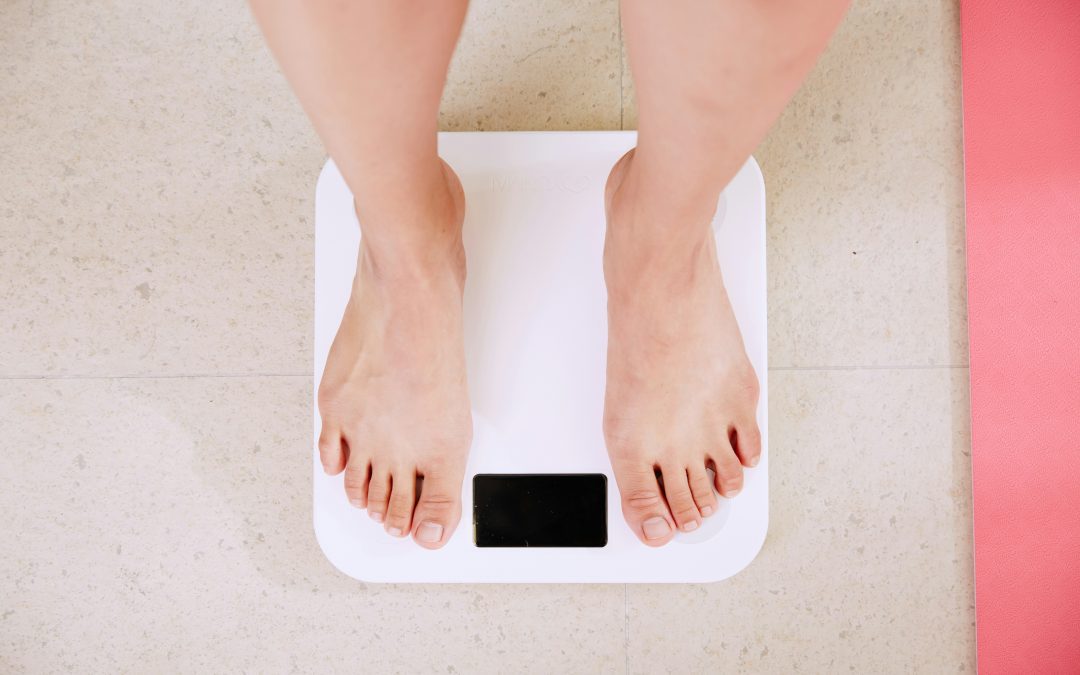So, you’ve been consistent. You’ve been showing up, eating well, moving more — and the scales were moving. But now they’re not. Suddenly, progress stalls. Cue the frustration, confusion, and temptation to give up.
This is what’s known as a weight loss plateau — and it’s completely normal.
Let’s break down what’s really happening, why it occurs, and how you can push past it without slashing calories or punishing yourself.
Table of Contents
What Is a Weight Loss Plateau?
A weight loss plateau happens when your body adapts to the changes you’ve made — eating better, moving more, losing fat — and now requires a new stimulus to keep progressing. It’s your body’s way of maintaining balance (aka homeostasis).
Common signs you’re in a plateau:
-
The scale hasn’t moved in 2–3 weeks
-
You’re following your plan but seeing no change
-
Motivation is dropping (understandably!)
Here’s the good news:
1. It doesn’t mean you’re doing anything wrong.
2. It doesn’t mean your plan has stopped working.
It simply means it’s time to shift gears.
Mindset First: Why Plateaus Can Be a Good Thing
Yes — a plateau can actually be a sign of progress.
It usually means:
-
You’ve lost some weight already
-
Your metabolism has adjusted (which it’s designed to do)
-
Your habits are consistent (that’s powerful!)
This is the moment where many people quit. But those who break through? They see real, long-term change. It’s not about being perfect — it’s about being strategic.
5 Proven Ways to Break a Weight Loss Plateau (Without Cutting More Calories)
1. Check Consistency — Not Just “Perfection”
Are you still hitting your core habits 80% of the time?
-
Are portions slowly creeping up?
-
Are snacks sneaking in?
-
Are weekends wildly different from weekdays?
Tracking for just 2–3 days (no judgment!) can give you the clarity to make small, powerful tweaks.
Switch Up Your Training
Your body thrives on variety. If you’ve been doing the same workouts:
-
Add strength/resistance training if you haven’t yet
-
Try intervals instead of steady-state cardio
-
Incorporate daily walks for low-stress activity
Muscle helps break plateaus by increasing metabolism and changing body composition.
Prioritise Protein and Fibre
These two nutrients:
-
Keep you full
-
Support metabolism
-
Help preserve lean muscle
Try aiming for 20–30g protein per meal and 7–10g fibre to help you feel satisfied and fuelled.
Sleep & Stress Matter More Than You Think
Poor sleep or chronic stress can increase cortisol, which can:
-
Make you retain more water
-
Trigger cravings
-
Stall fat loss even if your food is on track
Focus on:
-
7–8 hours of sleep
-
Switching off devices before bed
-
Stress-reducing rituals (walks, journaling, deep breathing)
Zoom Out — Not In
Sometimes the plateau isn’t a physical one — it’s a perspective one.
Instead of obsessing over the week-to-week scale:
-
Track non-scale wins (clothes fitting better, mood, energy)
-
Measure progress monthly, not daily
-
Remind yourself this is a long game — not a 30-day sprint
Real Talk: You’re Not Failing — You’re Evolving
Plateaus feel hard. But they’re not the end — they’re part of the process. If your body is pausing, it’s likely preparing for your next breakthrough.
Your job? Stay in the game. Stay consistent. Stay flexible. Stay kind to yourself.
Results come to those who keep going — even when it gets uncomfortable.

